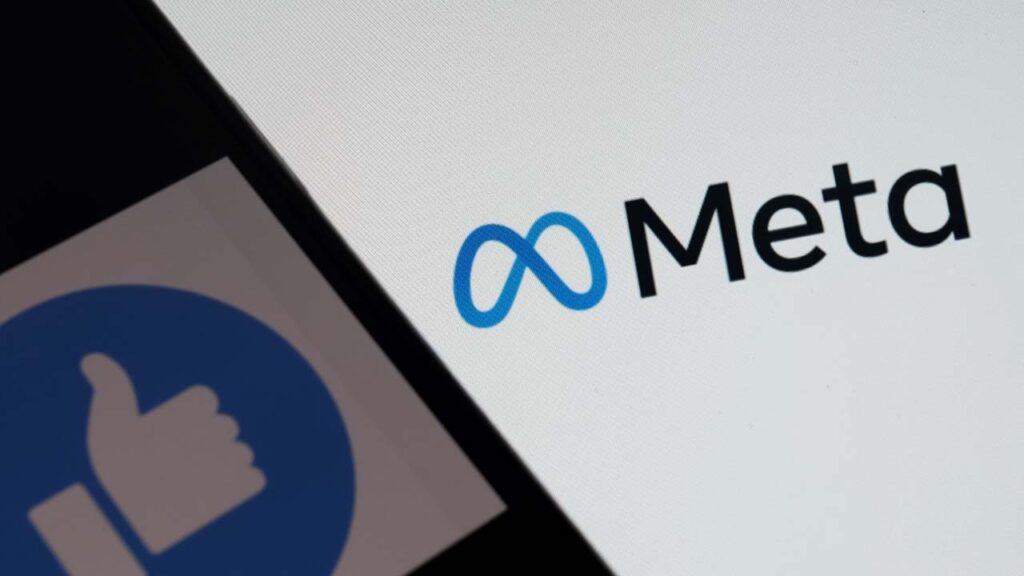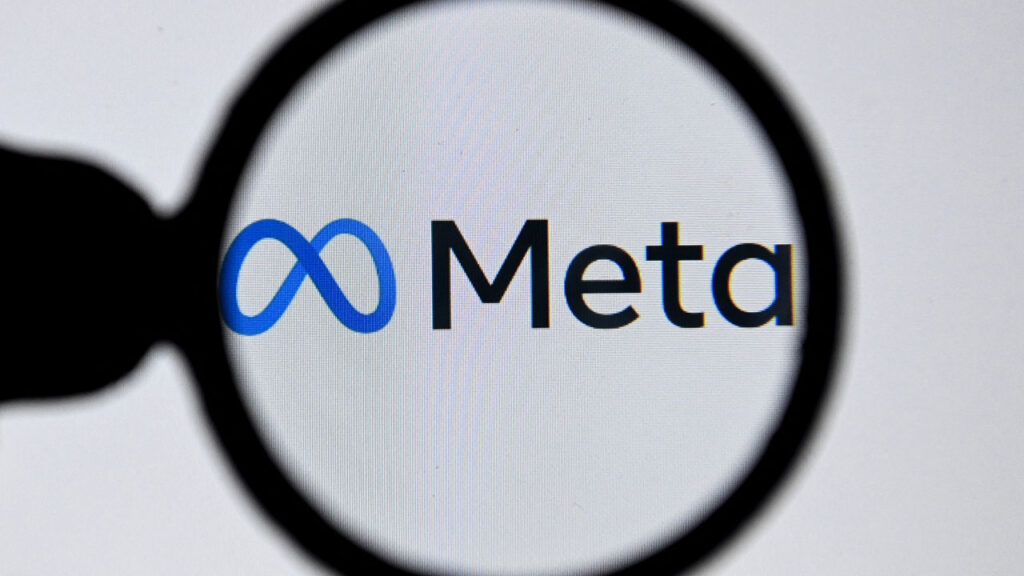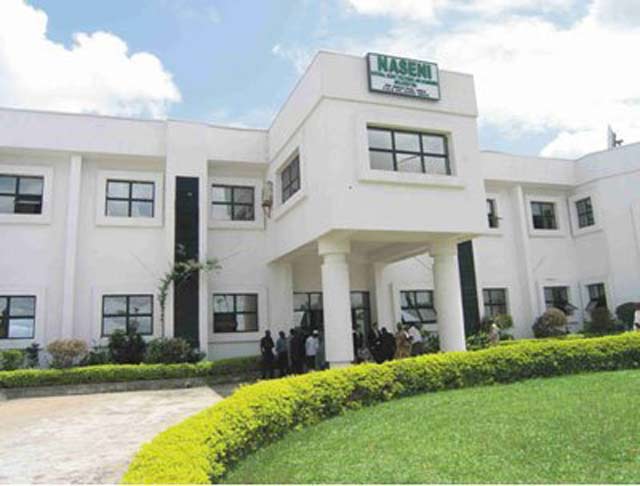
• MTN, Airtel, Orange, others commit to zero carbon emission
The Global System for Mobile telecommunications Association (GSMA) is heartened by the mobile industry’s continuing progress towards net zero.
GSMA said the net zero ambition can be clearly observed across the industry as mobile operators continue to set bold targets, with a further 12 operators committing to rapidly cutting their emissions by 2030 since last year. The industry is now looking at 2050 for the entire industry.
Committing to achieving net zero carbon emissions by 2050 at the latest is part of the UN-led Race to Zero campaign. According to the criteria used by the campaign, a net zero target includes reductions in emissions across the whole value chain.
The body said there has also been a notable increase in net zero commitments by operators, now representing 39 per cent of mobile connections and 43 per cent of global revenue.
Chief Regulatory Officer, GSMA, John Giusti, commenting on the ‘Mobile Net Zero: State of the Industry on Climate Action 2023 report,’ said surprisingly, one of the key challenges to overcome in decarbonising the sector is access to renewable electricity.
Giusti however, said the good news is that the industry is moving forward, with operators now directly purchasing 24 per cent of their electricity from renewable sources, up from 18 per cent in 2021 and 14 per cent in 2020, which is in addition to renewables supplied through the electricity grid mix.
“However, operator demand is outstripping supply. We continue to call on governments to help expand renewable electricity access to facilitate private sector purchases,” he stated.
The GSMA Chief Regulatory Officer said as the world heads into the future, collaboration is crucial to tackling the challenges that lie ahead. “I am pleased that we now have more than 60 mobile operators driving systemic transformation through the GSMA Climate Action Taskforce. Together, we can succeed. The GSMA invites more operators to join, no matter where they might be on their journey.”
He said the body would continue to call for progressive policy from governments to build a regulatory environment that helps operators decarbonise, as well as recognising the power of connected digital solutions to help decarbonise other industries.
According to the telecoms association, MTN, Orange, Vodacom, and Vodafone are committed to 2040, while Safaricom, Bharti Airtel, Millicom, Zain, Telkom SA are eyeing 2050.
GSMA noted that energy efficiency has become a core strategic priority across the telecoms ecosystem, stressing that major mobile network operators have recognised the importance of network solutions improvements, realising that more efficient equipment is a major purchasing criterion for cost savings and reputational reasons.
It stressed that there are financial reasons as well for operators when addressing energy efficiency, adding that energy still accounts for, on average, 20–40 per cent of telco opex and 80–90 per cent of network spending excluding site rental costs.
The telecoms body said the shift to renewables and efficiency gains should help bring this down. It disclosed that the International Energy Agency (IEA) adopts the view that energy efficiency is ‘the first fuel’. Energy-efficiency improvements can alleviate the contradiction between energy consumption growth and green development.
Further, GSMA said although 5G offers a significant energy efficiency improvement per gigabyte when compared to previous technologies, new 5G use cases and the adoption of mmWave will require more sites and antennae. It said this leads to the prospect of a more efficient network that could paradoxically result in higher emissions in the absence of active intervention from operators.
According to it, 5G is the first wireless technology where energy efficiency has been considered during standardisation, saying that each cellular technology has become more energy-efficient since 2G as the transmission technology has improved.
“On top of this, a number of energy-saving measures are built into the 5G standards, such as sleep or shutdown functions in the transceiver and low-energy scheduler solutions,” it stated.










